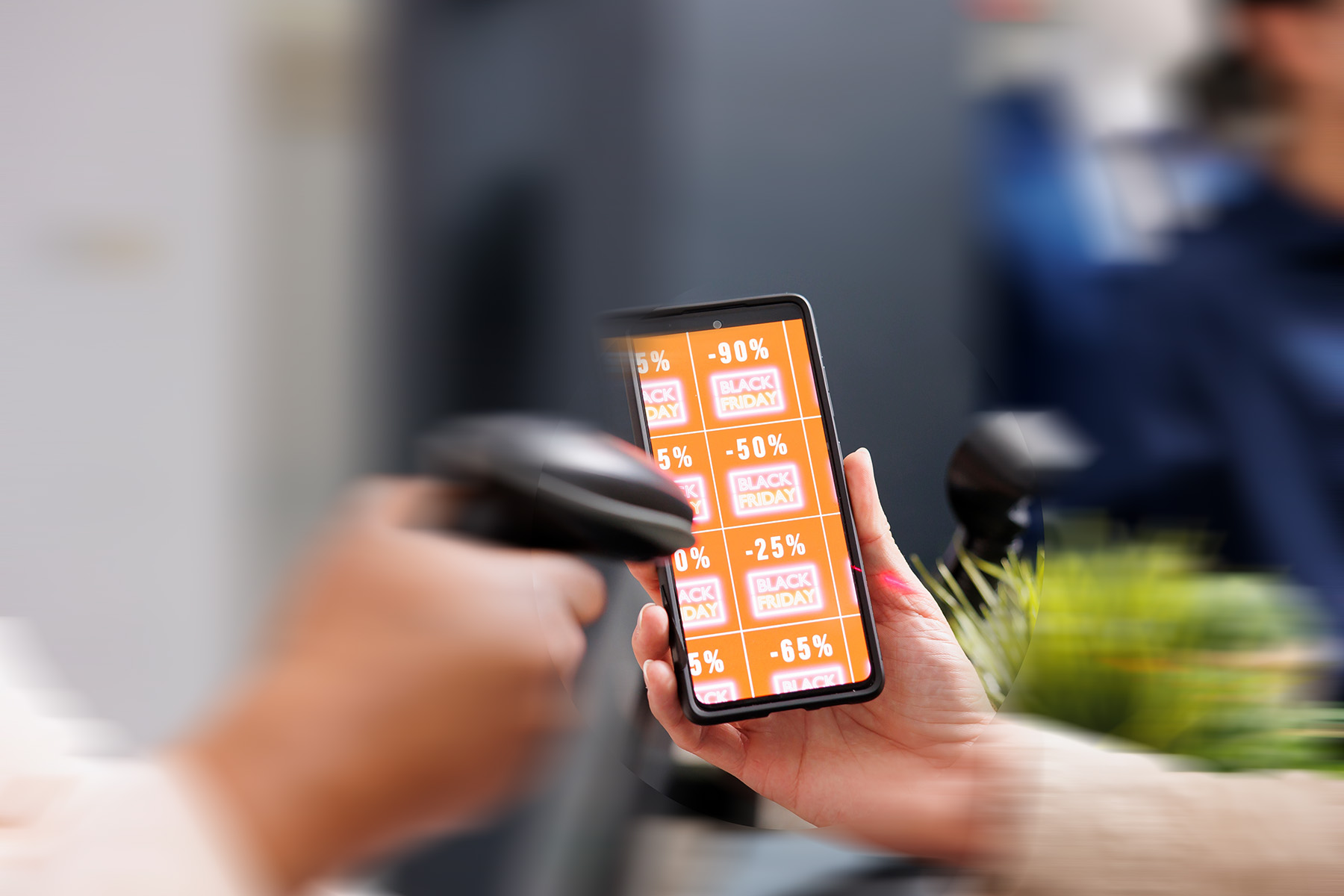We are now more than two years into the great ad fraud scandal – so how successfully is the industry solving the problem?
Two years ago, an Association of National Advertisers report shone a light on critical issues holding the digital media industry back. Its Media Transparency Initiative revealed a system of agency kickbacks and rebates that was stealing efficiency from digital ad buyers, while ad-tech platforms also stood accused of charging excess fees and giving poor control.
These last two years needed to be – and have been – transformative for anyone involved in the supply chain. Fraud, backhanders, data misuse and loss of trust have been unavoidable in the headlines, and a number of leading players have taken significant steps in addressing them.
Since then, advertisers have become much more demanding buyers, heeding a number of best practices that some have long advised – insisting on only verified ad inventory, demanding viewability, and only buying when prices are fully transparent.
Many ad-tech platforms have made pretences to move in exactly this direction – and some stayed true to their word. But relying on these third parties to do so is still leaving many ad buyers with a sense of inequity, and Juniper research still suggests the global cost of ad fraud will more than double to $44 billion by 2022.
Yet, advertisers should not have to work so hard to wrestle with their suppliers. They need to be empowered. And the best of way of doing so is by seeking out the support of industry groups with their best interests at heart.
JICWEBS
The Joint Industry Committee for Web Standards is an independent body representing all sides of the advertising industry in the UK and Ireland, and comprising the IPA, ISBA, AOP and IAB.
Since September 2017, it has been auditing dozens of ad sales platforms and publishers for brand safety, ad fraud, viewability and content verification tools. Any ad buyer considering a platform purchase can today check suppliers against the high standards set by JICWEBS.
And JICWEBS offers even more support than this. Its Traffic Taxonomy outlines the 16 different types of fraudulent traffic to beware of, while a range of “be
TAG
How can you reduce instances of ad fraud by 84%? By selecting distribution channels certified by the Trustworthy Accountability Group (TAG).
Another super-collective of industry groups, TAG offers a similar certification for US-based ad-tech suppliers and, after opening a UK office in 2018, is also aligning with JICWEBS. One study has shown how using a TAG-certified channel cuts the rate of invalid traffic to just 1.48%, whilst TAG also offers certification for platforms against malware and piracy.
By picking from approved suppliers, buyers can better arm themselves in the fight against ad crime. Now I’d call that empowerment.
IAB
Certification systems like these better arm to make smarter decisions about the platforms they choose to use. But what if we could also bake an approval system into the very fabric of the ad-buying process itself?
That’s what the Interactive Advertising Bureau (IAB) has done, with the creation of Ads.txt. Deceptively simple, this system involves publishers placing a file on their server which mandates the supply-side platforms which are actually allowed to trade their ad inventory.
With Google now filtering for Ads.txt, the IAB’s offering is already helping empower buyers who don’t want to fall foul of domain spoofing, the dark art through which nefarious operators purport to own other publishers’ legitimate ad inventory.
When it comes to the digital ad supply chain, effective relationships with third parties are paramount. Ad buyers should feel empowered to make demands to their ad-tech operators to ensure they get the desired results.
What I hope will happen in 2019 is that buyers will go one step farther – that they will rely on help available from trusted third parties to become more powerful and successful parts of the supply chain.











